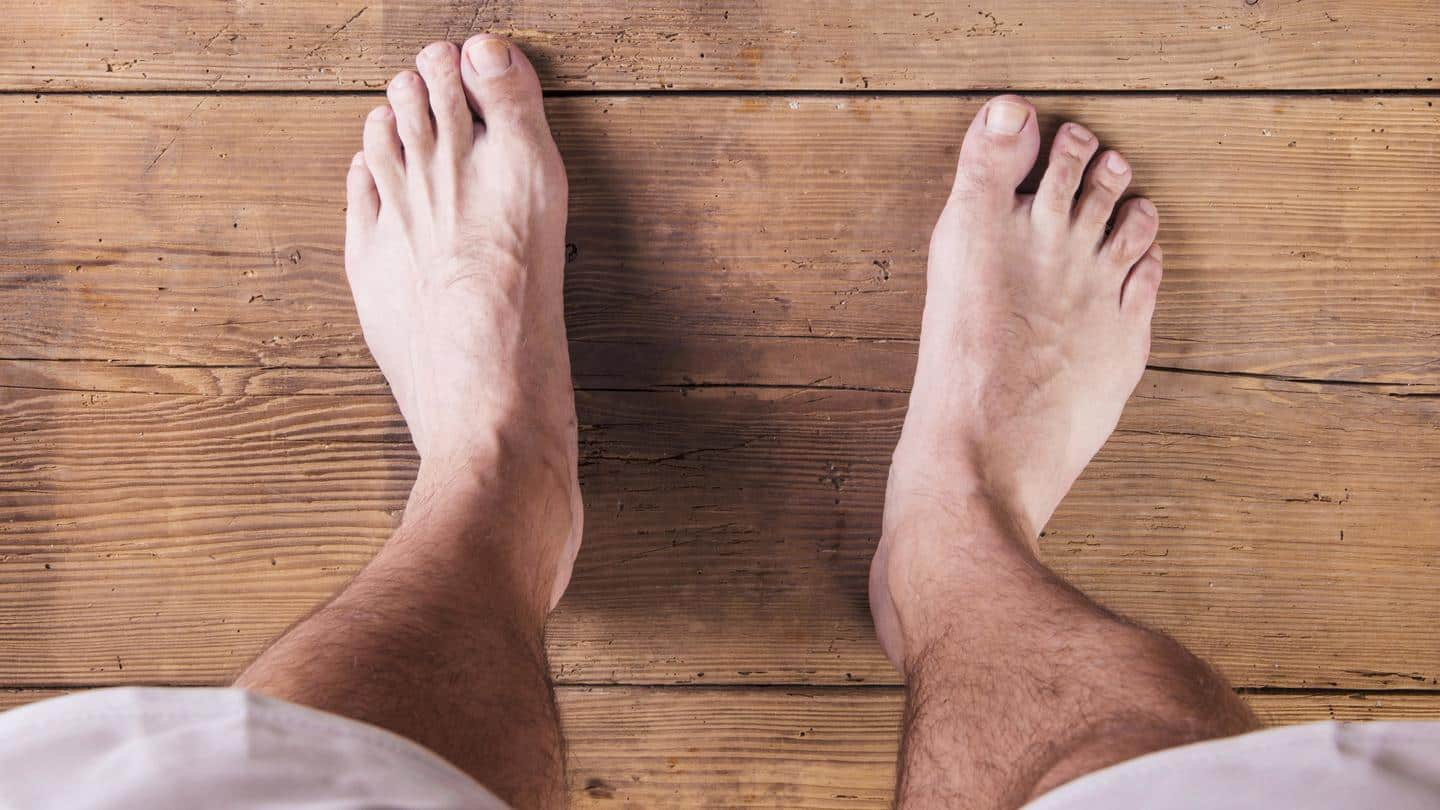
#HealthBytes: Causes, symptoms, and remedies for corns and calluses
What's the story
Corns and calluses are patches of thick or hardened skin that develop when the skin is trying to protect itself from pressure. They can be a result of several activities and are often found on the feet, toes, or fingers. Here, we look at how you can differentiate corns from calluses, what causes them, and effective remedies that you can try at home.
Causes
They are caused as a result of friction and pressure
Corns and calluses are a result of friction and are often caused by the protective reaction of the body to avoid damage to the skin. The most common cause of corns and calluses is tight or ill-fitting shoes that tend to rub against the skin. Other reasons include walking barefoot, athletic activities, or performing other tasks that directly put pressure on the limbs.
Symptoms
Calluses tend to be larger and more painful than corns
Corns usually have a hard center that is surrounded by inflamed skin. They are usually found on the tops or sides of toes or in between them; they can be painful when pressed. On the other hand, calluses develop under the heels, soles of the feet, on the palms, or knees. They are often larger than corns and rarely painful.
Remedies
Corn plasters and callus pads help reduce friction
Corns and calluses may not require treatment unless they are bothering you. However, it is essential to identify and find a remedy. For corns, rubber rings called corn plasters help in relieving the pressure. As for calluses, callus pads help in reducing friction. For temporary relief, soak your feet in warm water for 15 minutes and gently rub the area with a pumice stone.
Health conditions
Consult a doctor if you have underlying health conditions
While most corns and calluses are harmless, it is best to seek medical help if you have an underlying health condition like diabetes that can increase the risk of infections. It is also best to consult a doctor if the corns or calluses are causing you immense pain and discomfort. In such cases, your doctor might advise you to remove them surgically.